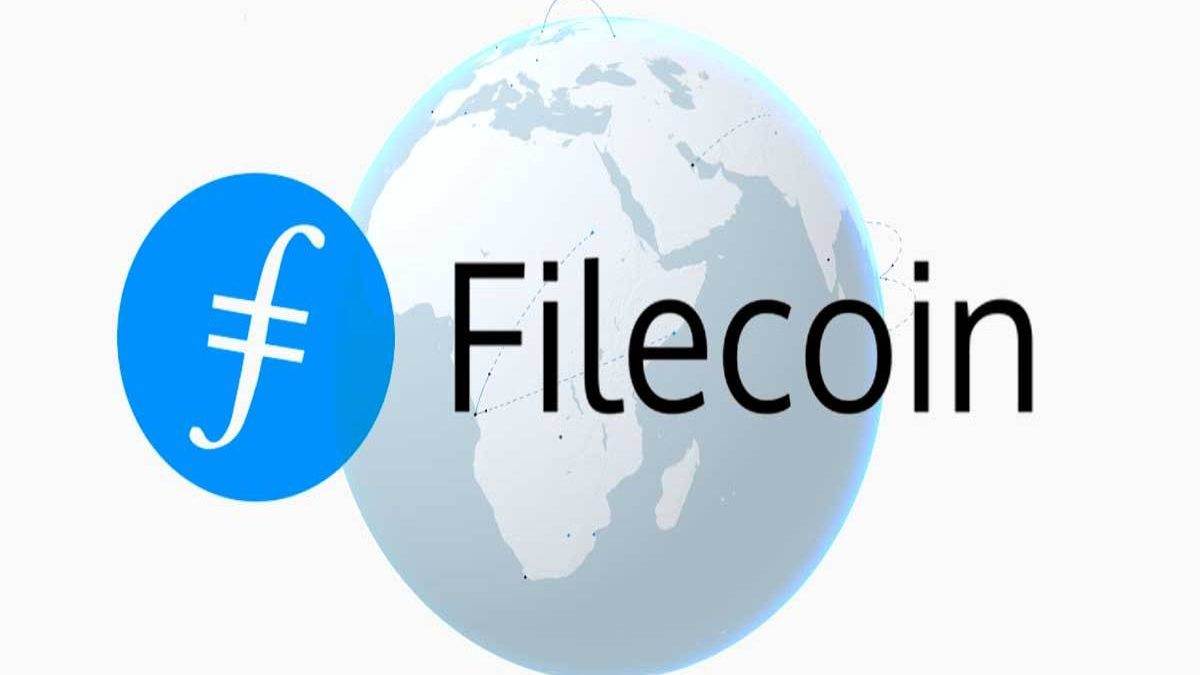Definition of Filecoin
Filecoin, its decentralized storage network, lets anyone rent out storage space.
In the same way, anyone can buy storage on the network. Instead of trusting only one company with essential data, it can be split up and stored on different computers worldwide.
And file coin was first introduced in 2014 when Juan Benet released the whitepaper: Filecoin: A Cryptocurrency Operated File Storage Network.
And the proposal is a blockchain network similar to Bitcoin, but where nodes in the network can store data.
Also its guarantee by the proof-of-retrievability component. And protocol Labs develop Filecoin.
Also, Filecoin is sometimes called the incentive layer on top of IPFS. It means that users incentivize to rent out their storage space by getting paid in FIL tokens.
So, can we use Filecoin to send Christmas photos to Mars or Venus? Not yet.
And IPFS is the peer-to-peer data storage and retrieval protocol that’s construct using a more decentralized approach. Unlike HTTP or HTTPS, it doesn’t rely on centralized servers to store data.
How Filecoin (FIL) Works?
- The Filecoin infrastructure distributes a peer-to-peer network whose primary purpose its provide a new way for organizations and individuals to store data around the world.
- When people take free storage available, they can become storage miners, who are essentially responsible for storing data on the Filecoins network. Clients pay FIL tokens both to store and retrieve data.
- Also, retrieval miners are another class of participants. As we expect, they facilitate the data retrieval process between clients and storage miners.
- And also receive the small amount of FIL for their services. Also uses end-to-end encryption.
- And storage providers did not take access to the decryption keys. Since it’s distribute system, files kept safe across multiple storage locations.

